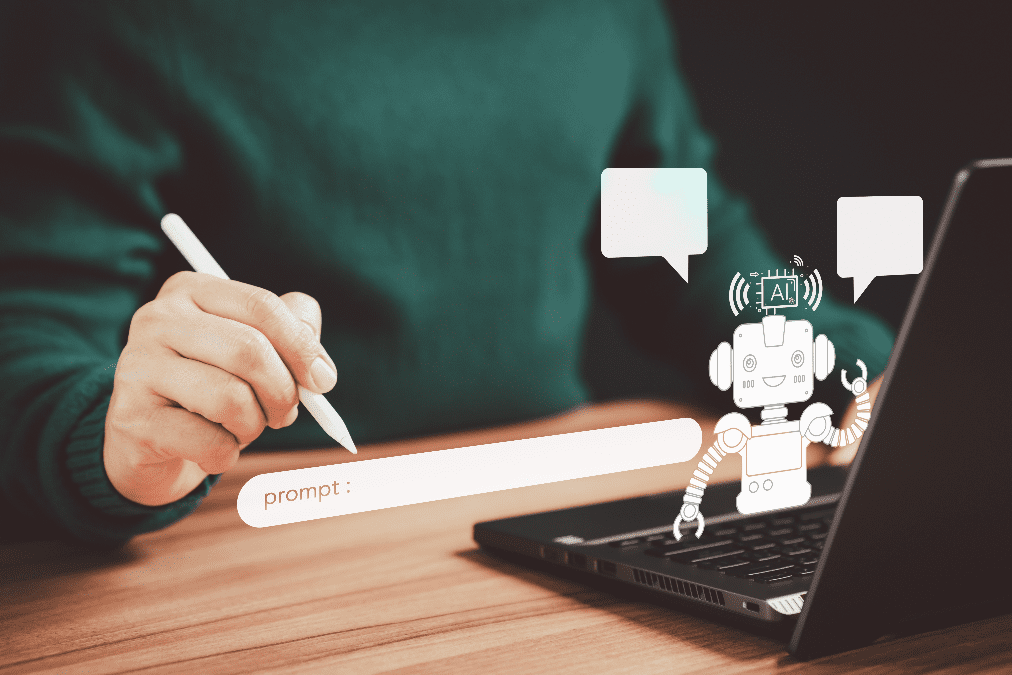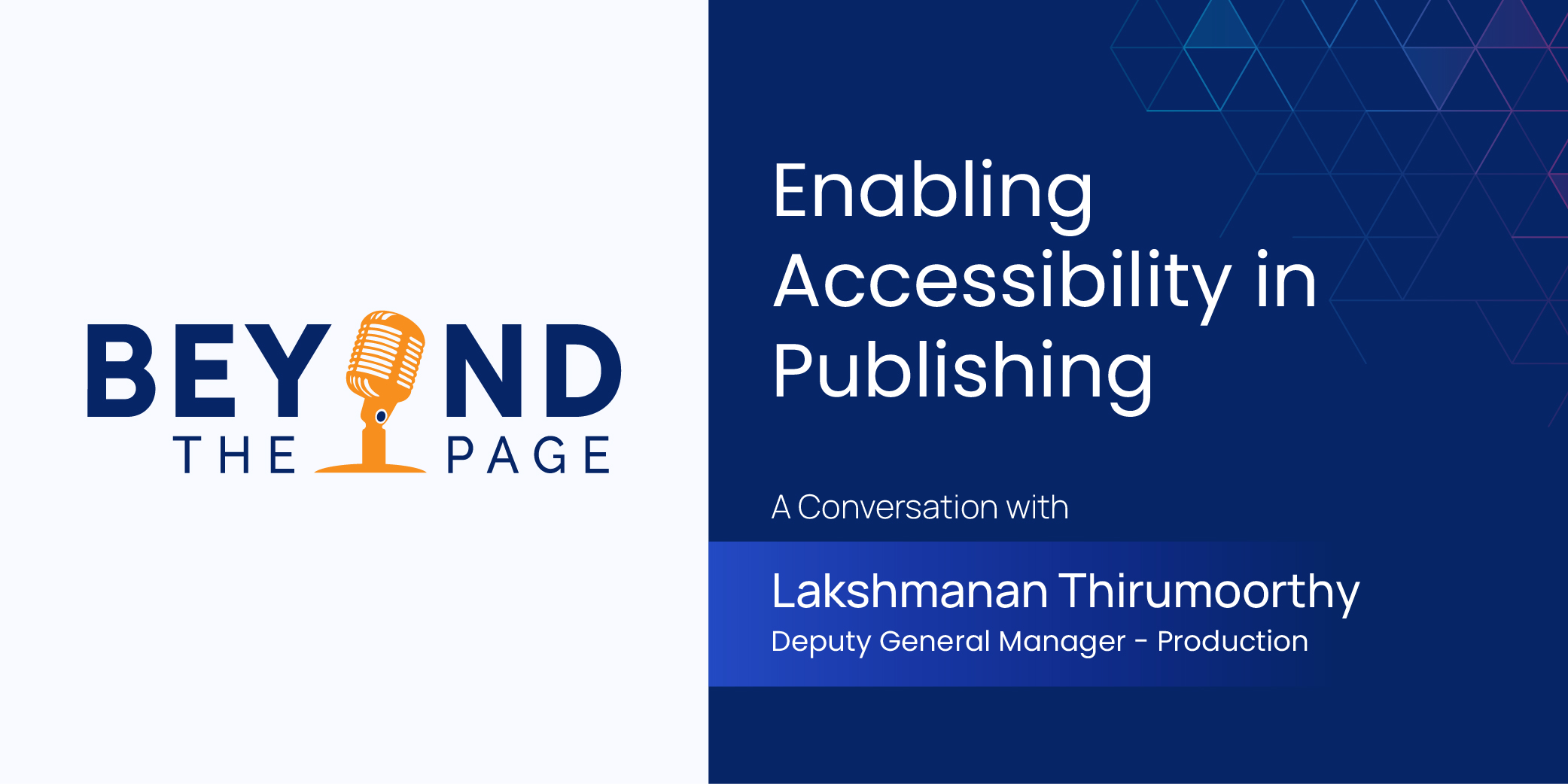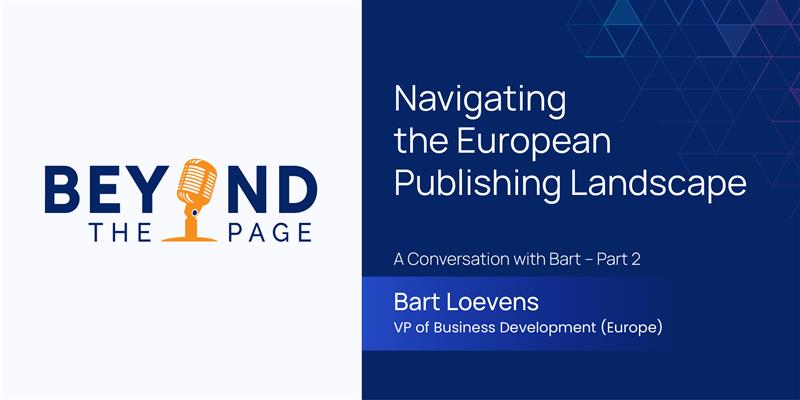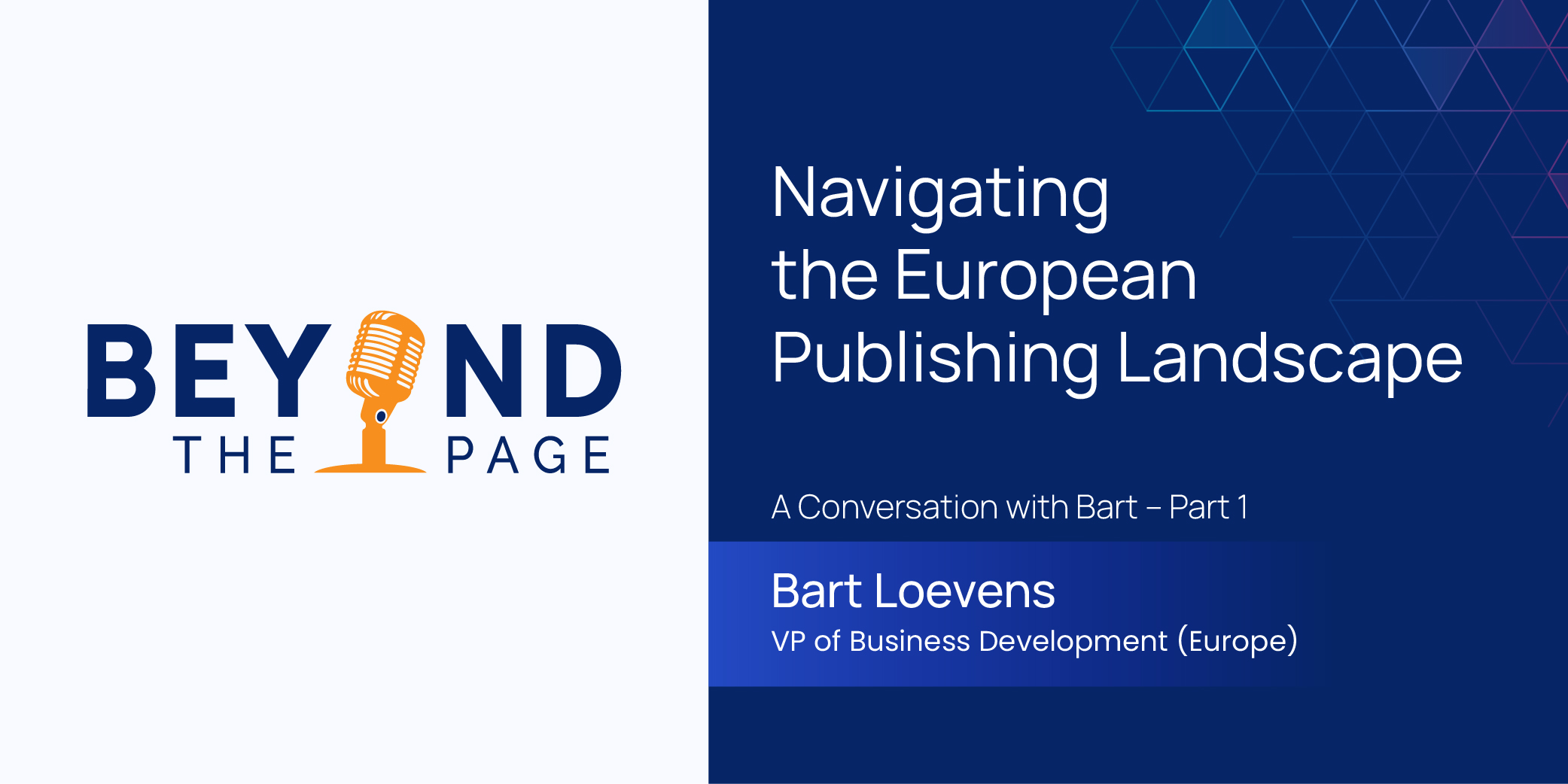How to Implement AI-Powered Educational Chatbots in Your Classroom

The technological revolution has rapidly seeped into our education system, with AI-powered educational chatbots leading the transformative change. These advanced tools are swiftly becoming pivotal in enhancing the learning experience for both educators and students.
Understanding the Potential of AI-Powered Educational Chatbots
AI-powered educational chatbots have immense potential to revolutionize traditional learning methods. They provide personalized learning capabilities, tailoring educational content to each student’s unique needs. Furthermore, these chatbots are available around the clock, offering immediate feedback to students, an asset that can greatly boost their learning curve. They also provide an evaluation of the student’s understanding & learning ability by analyzing their chat-conversation which helps in curated content delivery with desired complexity. A recent study found that AI chatbot assistance boosts learner interest in education and promotes self-directed learning. The continuous availability of educational materials encourages students to engage at their own pace and time, enhancing their motivation and interaction with the subject matter.
Evaluating the Need in Your Classroom
To implement a chatbot effectively, it’s crucial to determine the specific pain points or areas that need improvement within your classroom setting. It’s equally vital to assess the technological readiness of your students. Another study reveals that a majority of students are in favor of adopting AI-based technologies as learning aids to improve learning outcomes. In fact, 77% of them are against banning AI tools for learning, stating that these tools are of great help, especially for learners with disabilities. This evaluation will not only ensure that your students can efficiently utilize the tool but also guarantee a seamless integration into your current teaching methodology.
Choosing the Right Chatbot Platform
Selecting an appropriate platform is paramount. Consider factors like customizability, cost implications, user-friendliness, and scalability. These platforms have a proven track record in terms of performance and adaptability to various educational environments. Further, a study by Taylor and Francis Group found that educators are of the opinion that the training model must adapt social language, remain proactive, and adapt to learner characteristics. These traits are essentially for the AI tool to effectively deliver its services and attain performance goals in aiding learning achievement.
Customizing Content for Your Classroom
A chatbot is only as effective as its content. It’s essential to input course-specific data and Q&A to ensure the tool is aligned with your curriculum. A richer learning experience can be provided by integrating multimedia components like videos, images, and infographics. Additionally, continuously optimize the chatbot by iterating its functionality based on student interactions and feedback. Custom-trained chatbots have proven instrumental in improving student learning and satisfaction in the higher education context of an entrepreneurial program. The experimental chatbot was trained to mimic interviews and thought-provoking discussions aimed at building leadership among young adults.
Ensuring Ethical and Safe Usage
While the global market for chatbots in education is projected to reach $994.5 million by 2024, it poses certain challenges as well. The use of technology in education comes with its set of concerns, especially regarding data privacy. It is crucial to address these concerns upfront and set clear boundaries for constructive interactions. Constant monitoring and moderation of content and chat conversations are necessary to ensure a safe and conducive learning environment.
Integrating the Chatbot into the Learning Experience
Once set up, integrate the chatbot to assist in homework and exam preparation. It can act as an additional resource, offering clarification and guidance on complex topics. Encourage students to provide feedback, which can be instrumental in refining the chatbot’s responses and capabilities. Promote a classroom culture that embraces technological acceptance and innovation, ensuring students maximize the benefits of this tool.
Monitoring and Adapting for Continuous Improvement
An effective chatbot is one that evolves. Regularly analyze chatbot interactions to identify areas of improvement. Ensure that the content remains updated and relevant to maintain its effectiveness in the learning process.
The rise of AI-powered educational chatbots is not just a technological advancement; it’s a paradigm shift in the way education is delivered. As educators, staying updated with such innovations can drastically improve the quality and delivery of education. We urge educators worldwide to be open-minded and proactive in integrating these cutting-edge tech solutions for a more enriched, personalized, and effective learning environment.
News & Insights

Enabling Accessibility in Scholarly Publishing – A Conversation with Lakshmanan Thirumoorthy

Navigating the European Publishing Landscape – A Conversation with Bart – Part 2


